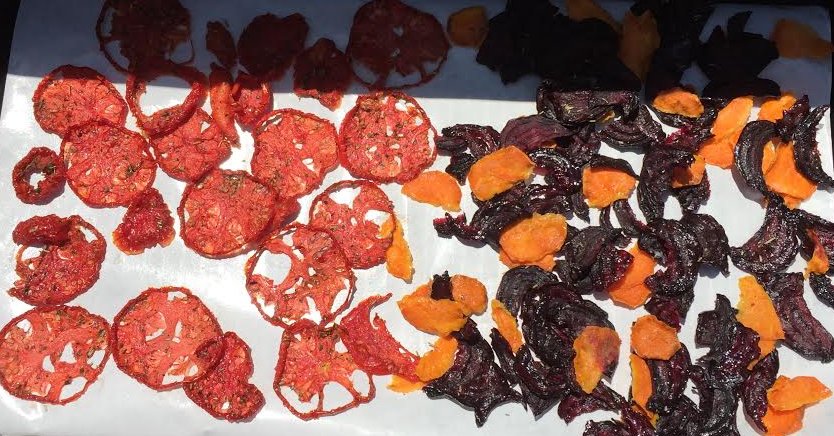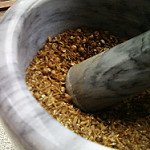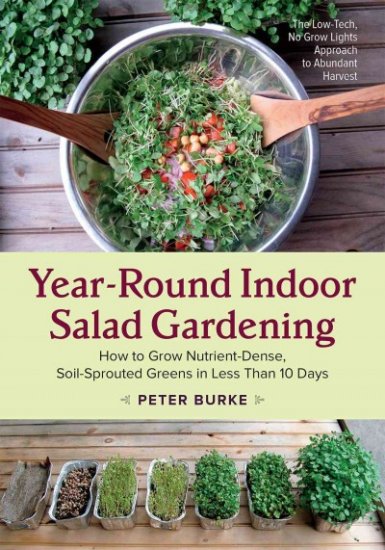Cooking Up a Storm: Recipes Lost and Found from the Times-Picayune of New Orleans
Edited by Marcelle Bienvenu and Judy Walker
2015, 368 pages, Hardcover
When Hurricane Katrina ripped through New Orleans in 2005, many residents lost their homes. Along with their homes went all the contents, which included countless regional recipes from the Times-Picayune. These recipes had been clipped from the newspaper, saved, and cherished for generations.
To preserve the city’s culinary legacy, the people of New Orleans banded together to recoup these lost recipes, one by one. This book is a collection of the recipes recovered as a result of this effort. Each recipe has a story.
In this cookbook, you will find an impressive range of recipes, including appetizers, drinks, special Lenten dishes, and desserts. These foods are eaten as part of everyday life in the Big Easy. The recipes are favorites from both home kitchens and restaurants. Nothing says “comfort food” like Louisiana cooking!
This cookbook truly is a work of love and a symbol the city’s residents’ determination to recover from, and triumph over, extreme adversity.
Learn How to Make Creole Cream Cheese
Love cream cheese? Then be sure to check out How to Make the Best Cream Cheese in the World, featuring a recipe for Creole Cream Cheese from Cooking Up a Storm. Creole Cream Cheese is a unique, regional breakfast food that is served in a bowl and eaten with a spoon. You can sprinkle some sugar on top, or shake on some salt and pepper, or top it with your favorite fruit. No matter how you serve it, Creole Cream Cheese is a nutritious and satisfying food.
Why not make some and tell us what you think in the comments section at the bottom of this page?
Hat Tip!
We wish to thank a lovely customer of ours named Libby W. for bringing this unique cookbook to our attention. Libby kindly shared her recipe for Creole Cream Cheese with us, so we could share it with y’all. Thanks, Libby!






 Crumbled tomato chips add zing as a tasty topping for casseroles, like macaroni and cheese. Or, you can use them as condiment at the table to sprinkle over a baked potato, a bowl of soup, or any other favorite foods. Crispy tomato chips are simply sensational on grilled cheeseburgers. Simply add a couple of slices on top of the cheese while it’s melting to take your burger from “everyday” to “gourmet.”
Crumbled tomato chips add zing as a tasty topping for casseroles, like macaroni and cheese. Or, you can use them as condiment at the table to sprinkle over a baked potato, a bowl of soup, or any other favorite foods. Crispy tomato chips are simply sensational on grilled cheeseburgers. Simply add a couple of slices on top of the cheese while it’s melting to take your burger from “everyday” to “gourmet.” Place all the ingredients in a small bowl and stir well. Use immediately, or transfer into an airtight container and store for future use.
Place all the ingredients in a small bowl and stir well. Use immediately, or transfer into an airtight container and store for future use.
